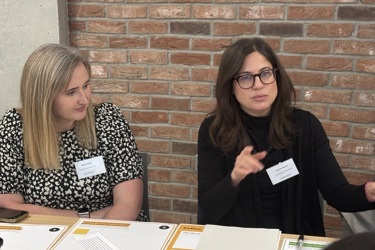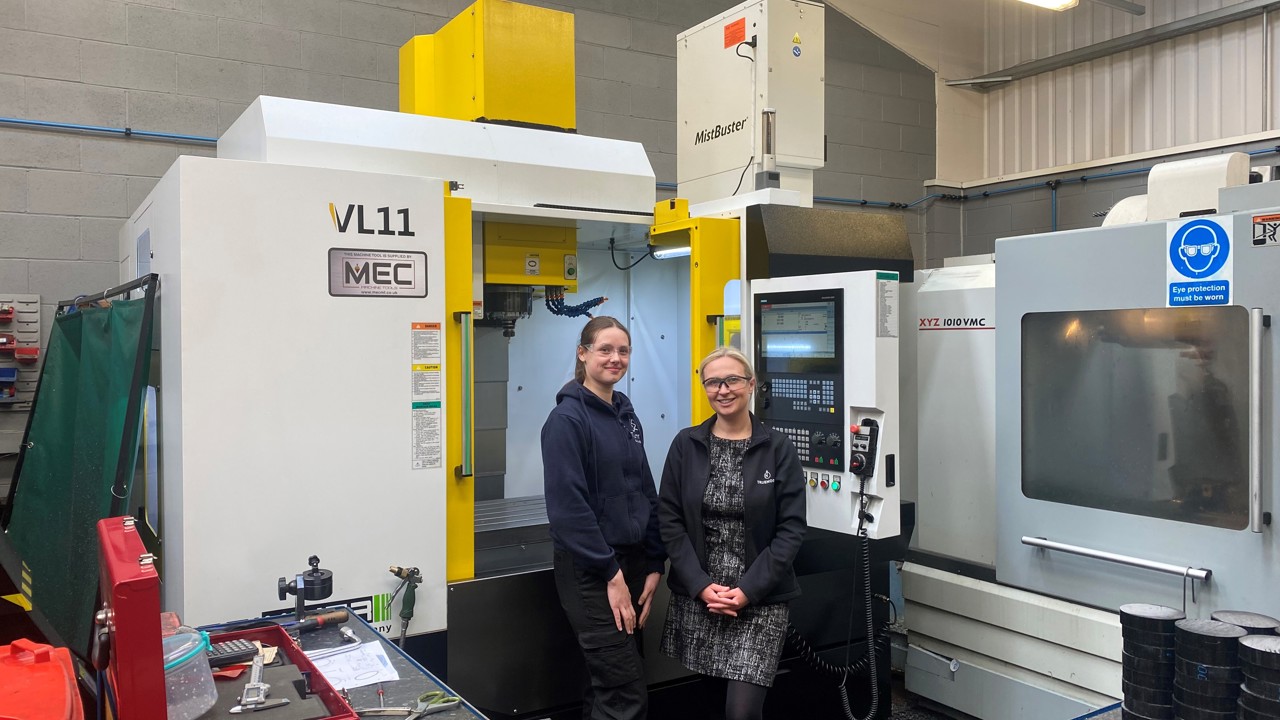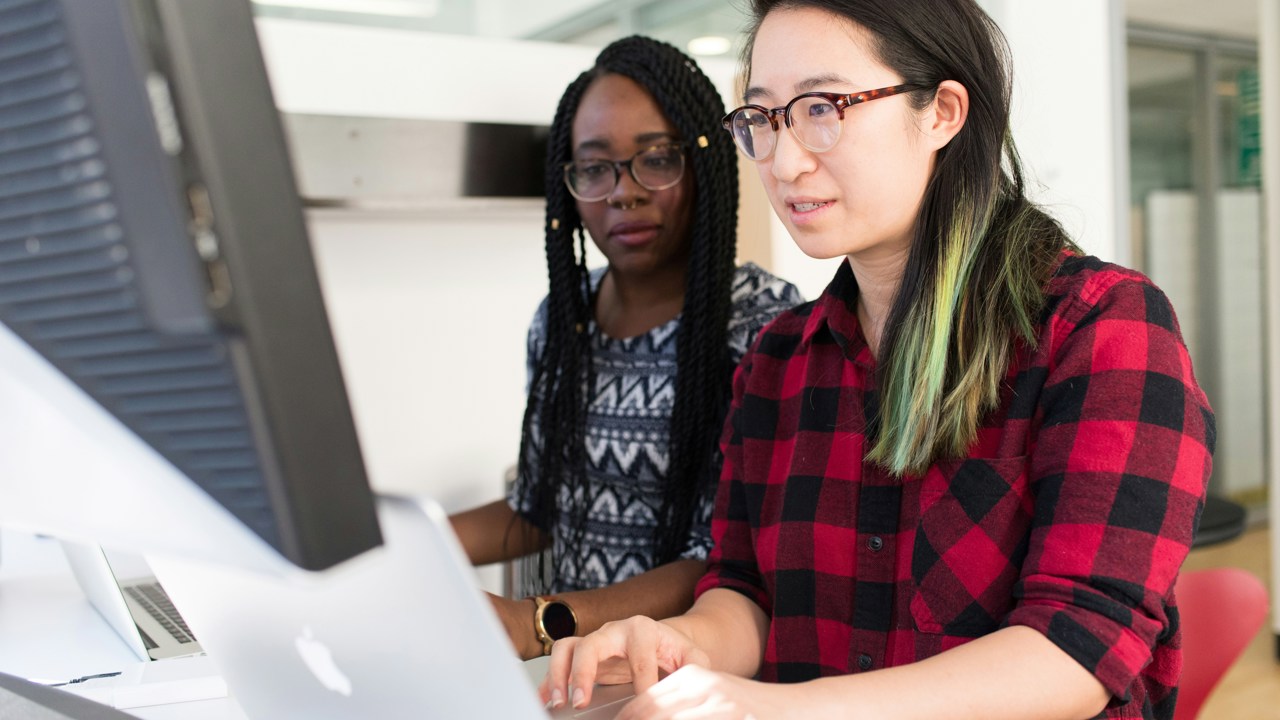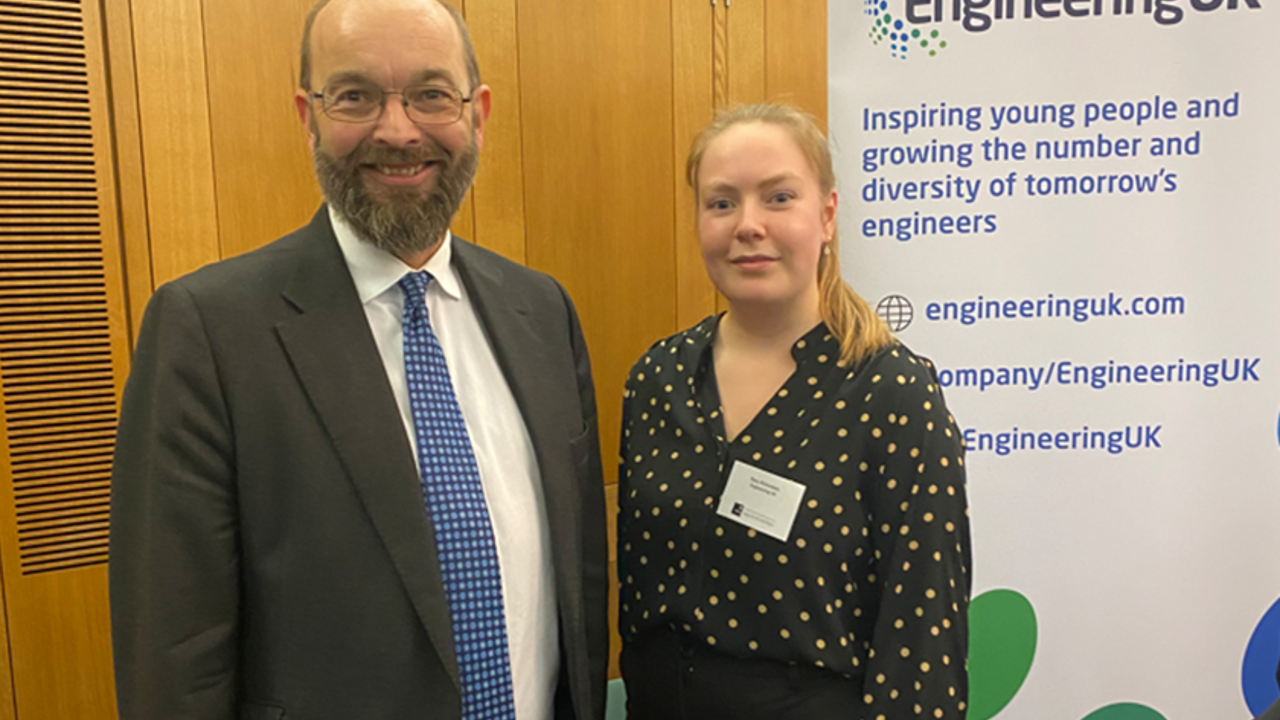
Celebrating women in engineering
23 June 2025
We're proudly celebrating the amazing contributions of women engineers once again. From ground breaking innovations to inspiring leadership, women in engineering continue to make a difference.
Women make up just 16.9% of the engineering and tech workforce, highlighting the need for stronger representation. INWED inspires the next generation, especially girls, into STEM under this year's theme, Together we engineer.
Things to think about
While celebrating INWED, it’s important to reflect.
- Representation matters – increasing visibility and support for female engineers is crucial
- Role models inspire – seeing successful women in engineering encourages young people, especially girls, to pursue STEM careers
- You can make a difference – whether you’re an engineer, educator, or advocate, everyone can play a part in fostering diversity and opportunity in engineering
- Collaboration is key – initiatives like INWED highlight the power of teamwork in driving progress and inclusion
Thinking of taking part?
INWED is great for:
- Showcasing different female role models
- Getting girls in your communities to think about their future
- Using your apprentices and early career professionals to inspire young people
Show your support. We'll be using the hashtags #INWED2025 and #TogetherWeEngineer, please use them in your social media too.
The history of INWED
International Women in Engineering Day (INWED) has been a global celebration for 12 years, championing women in engineering and inspiring future generations.
Its origins date back to 1919, when the Women’s Engineering Society was founded after World War I by pioneering women determined to continue their careers in engineering.
In 2014, to commemorate the society’s 95th anniversary, National Women in Engineering Day was launched. UNESCO officially recognised the event in 2017, expanding its reach worldwide.

Gender pathways into engineering and technology
We've built a partnership to drive a collective mission to significantly increase the number of girls in education pathways to engineering and technology at age 18. This is set up in response to concerning declines in young girls' interest in science and underrepresentation of women in engineering and tech careers.




